The iMac Pro was Apple's attempt to bridge the gap between the prosumer market of the iMac with the professional-centric Mac Pro. The result was a high-specification version of the all-in-one Mac offering many of the qualities found in the Mac Pro line but packaged within an iMac body.
Apple removed the iMac Pro from its website in March 2021. After the new 24-inch iMac with M1 was released, it was clear Apple had no intention of updating this one-time Intel-powered machine.
M-series upgrade rumors
With the introduction of M1 Pro and M1 Max, however, speculation began pointing to Apple releasing a new iMac Pro with the new chipsets. This new update would include a new design at 27 inches or bigger display.
Display analysts expect the mini-LED backlight panels to come to the updated M-series models too. That would enable better blacks and display dimming thanks to the high density of LEDs.
Promotion is also rumored to come to the future iMac Pro enabling a 120Hz refresh rate. All of these features debuted first in the 14-inch MacBook Pro and 16-inch MacBook Pro.
Rumors have died down over 2022, resulting in a new expectation for a 2023 release with an M2 series chipset. However, this product never arrived.
Apple's strategy seems to be that pro users can purchase a Mac Studio or Mac Pro and pair it with a Studio Display or Pro Display XDR. A larger Apple Silicon iMac is still possible, but it would offer low- to mid-tier chipsets like M3 and M3 Pro.
iMac Pro External Specifications
The iMac Pro shared the general external appearance of the larger iMac, retaining the same 27-inch 5K-resolution Wide Color (P3) display and physical design. Like the upgraded iMac announced at the same time, the 5K display included support for 1 billion colors and 500 nits of brightness.
To denote its "Pro" branding, it used a Space Gray chassis, only available in the Pro version. It also included a matching matte wireless keyboard, Magic Mouse 2, and Magic Trackpad 2 accessories.
Though the chassis was largely unchanged, Apple incorporated a long vent into the bottom of the rear casing, aiding the improved cooling system. The collection of ports on the rear was also upgraded, with SD card reader, audio port, and four USB 3.0 ports, while wired networking was handled by a 10Gb Ethernet port, a first for the Mac.
Four Thunderbolt 3 ports were also included on the back, allowing the iMac Pro to connect to external storage devices and other displays, with up to 40Gb/s of bandwidth available to use. Using the four ports, the pro desktop is capable of running two external 5K (5120 by 2880) displays, four 4K UHD (3840 by 2160) screens, or four 4K (4096 by 2304) displays, all at 60Hz.
It's also possible to connect two 5K displays and two high-performance RAID at the same time, using the four Thunderbolt 3 ports.
While the iMac Pro can use the Pro Display XDR as a secondary monitor, it is unable to output a 6K image without the assistance of a Blackmagic eGPU or Blackmagic eGPU Pro. On its own, it offers a maximum 5K-resolution image.
iMac Pro Internal Upgrades
To manage the higher temperatures associated with more powerful components, Apple designed a new cooling system using twin centrifugal fans. The system allowed for an 80% increase in system thermal capacity compared to earlier iMac models, in turn allowing the iMac Pro to handle more power, up to 500 Watts.
The cooling changes allowed for a far more powerful processor to be used, with 10-core, 14-core, and 18-core Xeon processors up for selection, with Turbo Boost clock speeds of up to 4.5GHz.
The machine included 32GB of 2666MHz DDR4 ECC memory at its lowest configuration, with options to boost it to 64GB, 128GB, or 256GB. Unlike the iMac and its accessible memory, pro owners were not easily able to upgrade their systems.
The base model used a 1TB SSD, with options to upgrade it to 2TB or 4TB SSDs.
The pro all-in-one desktop also had two "enhanced" speakers, four microphones, and a 1080p FaceTime HD camera. 802.11ac Wi-Fi and Bluetooth 4.2 connectivity were also included.
Graphics
The iMac Pro used AMD Radeon Pro Vega GPUs for graphical prowess, using the Vega 56 with 8GB of HBM2 memory in the entry-level model. Custom configurations included a Vega 64 GPU with 16GB of HBM2 memory, and a Radeon Pro Vega 64X with 16GB of HBM2 memory.
Apple suggested this massive graphical performance could be used for real-time 3D rendering and high frame-rate virtual reality experiences. During WWDC, Apple impressed attending developers with a live demonstration of virtual reality, indicating the Mac was well prepared to assist those working in that field. However, with Valve removing macOS support for its SteamVR platform and Oculus never supporting Mac development, running Windows on the iMac Pro was the only significant remaining option for Mac-based VR developers.
Alternate graphical options were available in the form of an external GPU enclosure (eGPU), via a Thunderbolt 3 port.
T2 and the Secure Enclave
Apple introduced a new custom chip called the T2 as part of the iMac Pro. The follow-up to the T1 in the MacBook Pro, the T2 handled a number of discrete functions on behalf of the main processor. Aside from security-focused tasks, this included handling the system management controller, image signal processing for the FaceTime camera, audio control, and SSD control.
Similar to the T1 and Apple Silicon chips used in the iPhone, iPad, and late-2020 Macs, the T2 included a secure enclave, which could be used for storing sensitive information, such as passwords. Notably, it included a hardware-encryption engine, meaning storage encryption keys could pass from the enclave to the in-chip hardware encryption engine without leaving the chip itself, increasing its security.
The version of macOS used for the iMac Pro introduced a "Startup Security Utility" to take advantage of the T2 chip, where users could enable a firmware password to prevent it from booting from a different hard disk or external media.
New "Secure Boot" options started from "Full Security," ensuring only the latest and most secure software can run but requiring a network connection at the time of software installation to function. Options for "Medium Security" and "None" were also available, with the former requiring verifiable software to boot, but not the latest release.
A deeper dive into the T2 chip in January 2018 by Jason Snell revealed the T2 as a mass storage controller, with "complete control" over the flash storage bank array inside the iMac Pro. The T2 encrypts "every bit" of data sent to the flash storage array, as well as decrypting it, meaning if the flash array is pulled from the computer, the data is irretrievable.
The T2's hooks for the new 1080p FaceTime camera worked alongside its image signal processor, which was able to alter all parameters of the camera, similar to automatic image adjustments made by the iPhone.
Pricing, Availability, and AppleCare+
Apple began shipping the iMac Pro in December 14, 2017. The base model started from $4,999, rising to $13,199 depending on the configuration at launch. Apple said at the time that the package was a better value than a PC equivalent, which the company estimated to be around $7,000 for similar hardware.
At the end of January 2018, it was reported Apple had started to ship "a small number of early orders" of the 18-core models to U.S. customers. At the time, report sources indicated the 14-core model wasn't shipping alongside the higher-core version, with no timetable offered for when it would.
On February 5, 2018, customers who ordered the 14-core model started to recieve their orders, finally making all four initial variants available to customers.
In March 2019, new GPU and RAM options brought the maxed-out price up to $15,699.
Notably, Apple has kept the price of AppleCare+ identical to the iMac, despite the difference in cost. The cover, which extends support coverage to three years from purchase and includes two accidental damage claims, costs $169.
The iMac Pro has many available configurations and can be viewed on AppleInsider's Price Guide. There are 10-core, 14-core, and 18-core configurations with various memory and storage options as mentioned above.
PC Comparisons vs. iMac Pro
The pricing announcement for the iMac Pro and its comparison to PC hardware prompted immediate comparisons by numerous parties online. In some cases, PC configurations were able to get close to or even undercut the price of the iMac Pro, though with notable caveats. These builds included numerous discounts and rebates in many cases, meaning that they meet the price threshold only temporarily or require a potential constructor to perform other actions to receive their rebate.
In some cases, the configured PC systems did not have like-for-like components, such as offering fewer Thunderbolt 3 ports than the iMac Pro, or using Nvidia graphics cards instead of Radeon. Suggested systems also used Gigabit Ethernet ports instead of 10Gbps, and in the case of one build by PC Gamer, even lacked the Windows 10 license, which usually costs $120.
Considering the fluctuations in hardware pricing and the generally downward trajectory for part costs, it is entirely plausible that a similar specification PC could be built for the same cost or cheaper in the future. More importantly, the proposed PC systems illustrate the potential value of the iMac Pro as a complete package.
The Backstory
The first sign of the iMac Pro appeared during an interview at Apple's headquarters in April 2017, between marketing head Phil Schiller, software engineering SVP Craig Federighi, and members of the media. At the time, it was confirmed work was being carried out to prepare higher-specification iMacs, with configurations intended for prosumer and professional users.
According to Apple's research, approximately 30% of the entire Mac user base used pro-level apps at least once per week, for media creation and software development. In that same research, within this group, it was found that the iMac outpaced the Mac Pro in terms of desktop sales, indicating to the company that there was more of a professional market for the iMac than previously thought.
During December 2016, Apple CEO Tim Cook teased there were updates to the iMac on the way, countering rumors of the Mac's demise by stating, "Let me be very clear: We have great desktops in our roadmap. Nobody should worry about that."
Teardown
The customary deconstruction of the iMac Pro by OWC revealed a number of unexpected elements. This included the elaborate cooling systems used by Apple to keep the machine from getting too warm, despite the use of workstation-level hardware compressed into the slim iMac-sized body.
The most notable revelation from the teardown is that it was technically possible to upgrade the RAM in the iMac Pro, but it was highly impractical for the vast majority of users. It used four quad-channel modules in 8-, 16-, or 32-gigabyte assortments, depending on the memory amount selected at the time of purchasing.
These modules could be removed and replaced, though unlike the user-friendly opening included in the iMac, upgrading the pro model's RAM required the disassembly of virtually the entire computer, a risky process that has the potential to damage the display.
While OWC admitted it had plans to sell RAM upgrade kits for the iMac Pro, the risk and effort required to perform the upgrade itself indicated that it would be better for most users to simply buy one with sufficient RAM from the start.
For the default $4,999 configuration, it is discovered the 1 terabyte of storage was in fact made up of two compact 512-gigabyte SSDs, joined together in a RAID configuration, with the setup likely to have been through a combination of cost and space requirements within the packed iMac Pro body. As with the RAM, these drives could be removed, though replacement components will be hard to acquire until long after the initial launch period.
iFixit's teardown discovered another Apple-made chip alongside the new T2. Identified as "338S00268," the repair experts suggested it was the rumored A10 Fusion coprocessor but later recanted, saying the package was too small to contain the A10's innards. It was unknown what this processor did.
iFixit agreed the RAM could be upgraded, though not without a "major undertaking," with the iMac Pro using standard 288-pin DDR4 ECC sticks. The CPU was less clear on its upgradability, as it seemed to be custom-made for the iMac Pro, though it had the potential to be changed in the future. Notably, the GPU could not be upgraded at all, as it was soldered in place.
The service's customary "repairability" score for the iMac Pro was 3 out of 10, but iFixit added the machine "goes back together just fine" following such a teardown. Plans for step-by-step upgrade guides were also mentioned.

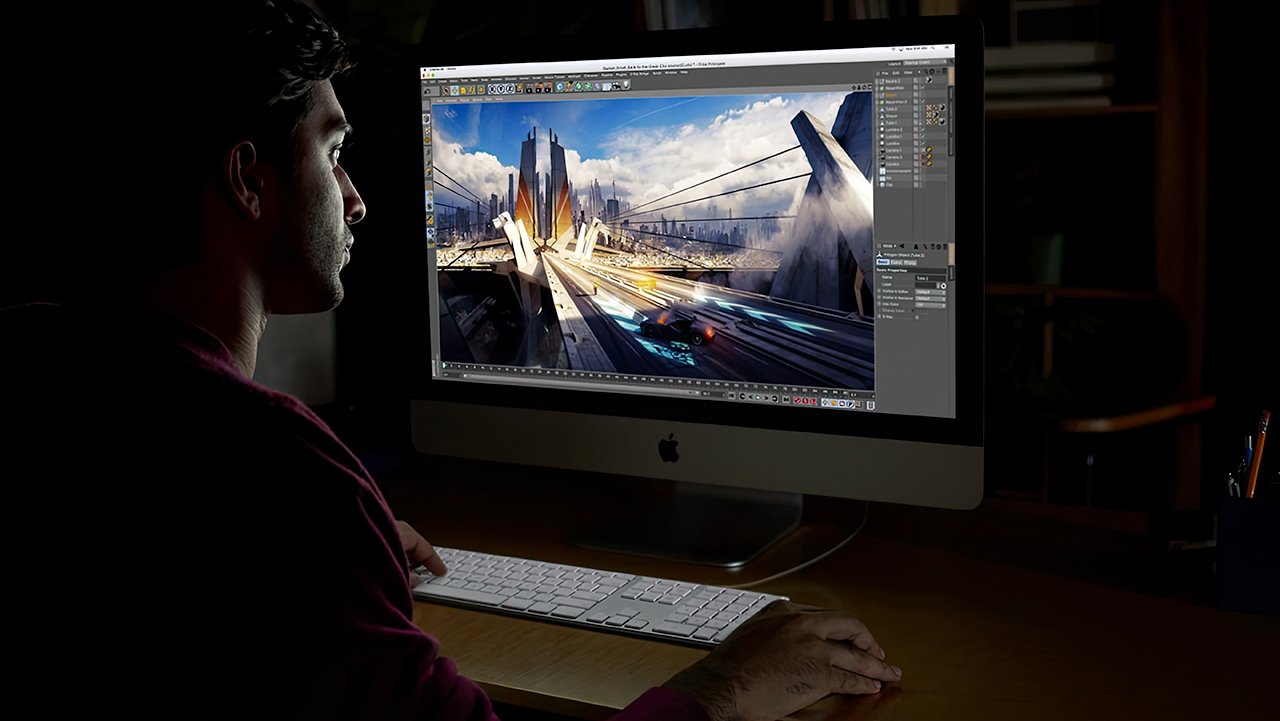
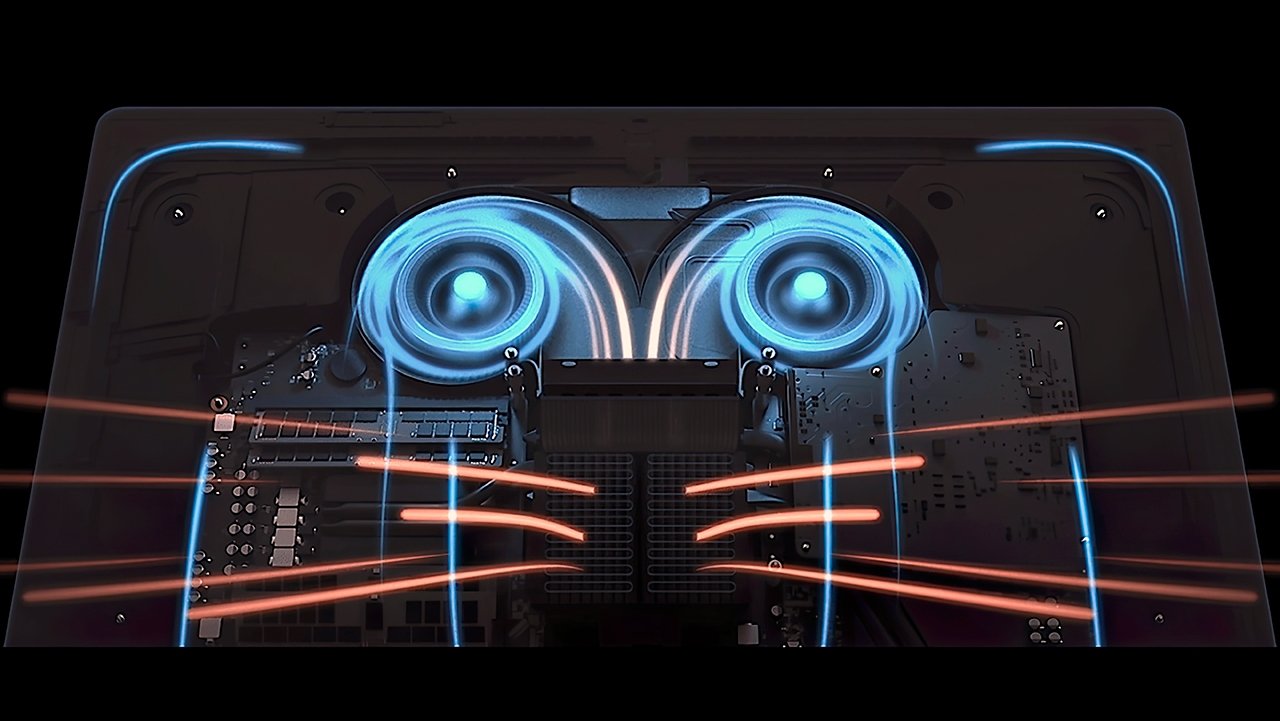
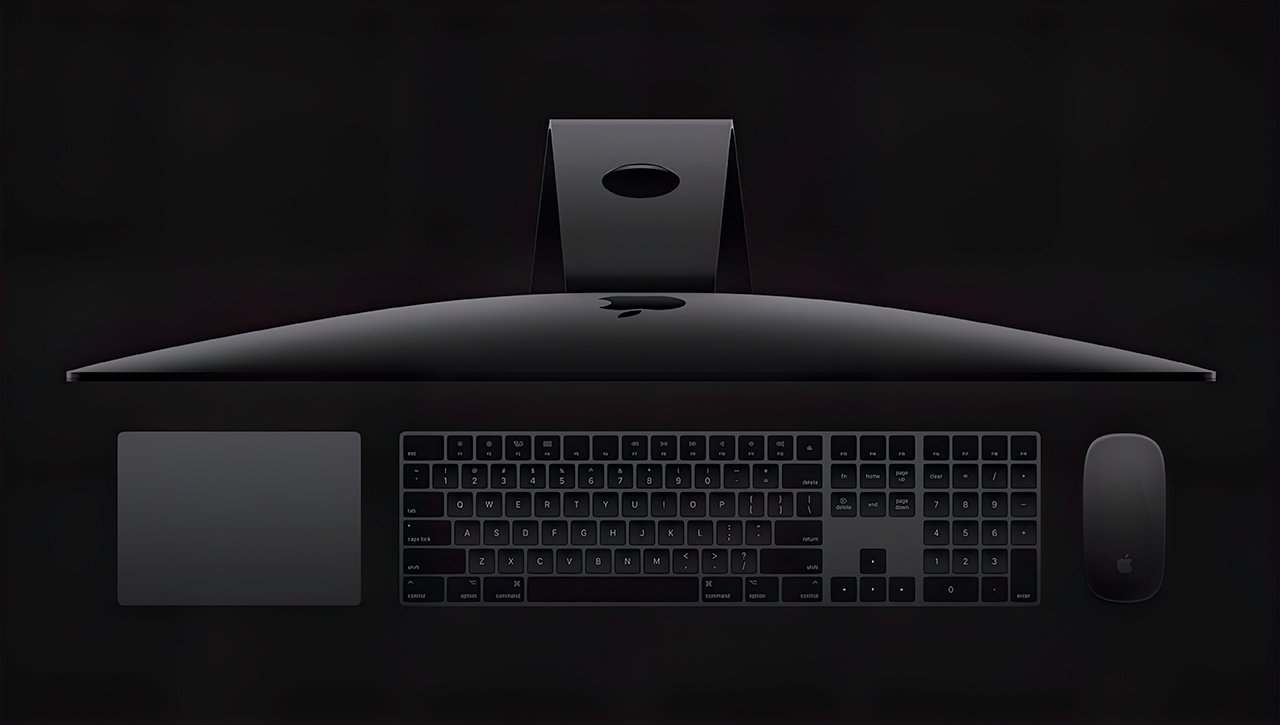
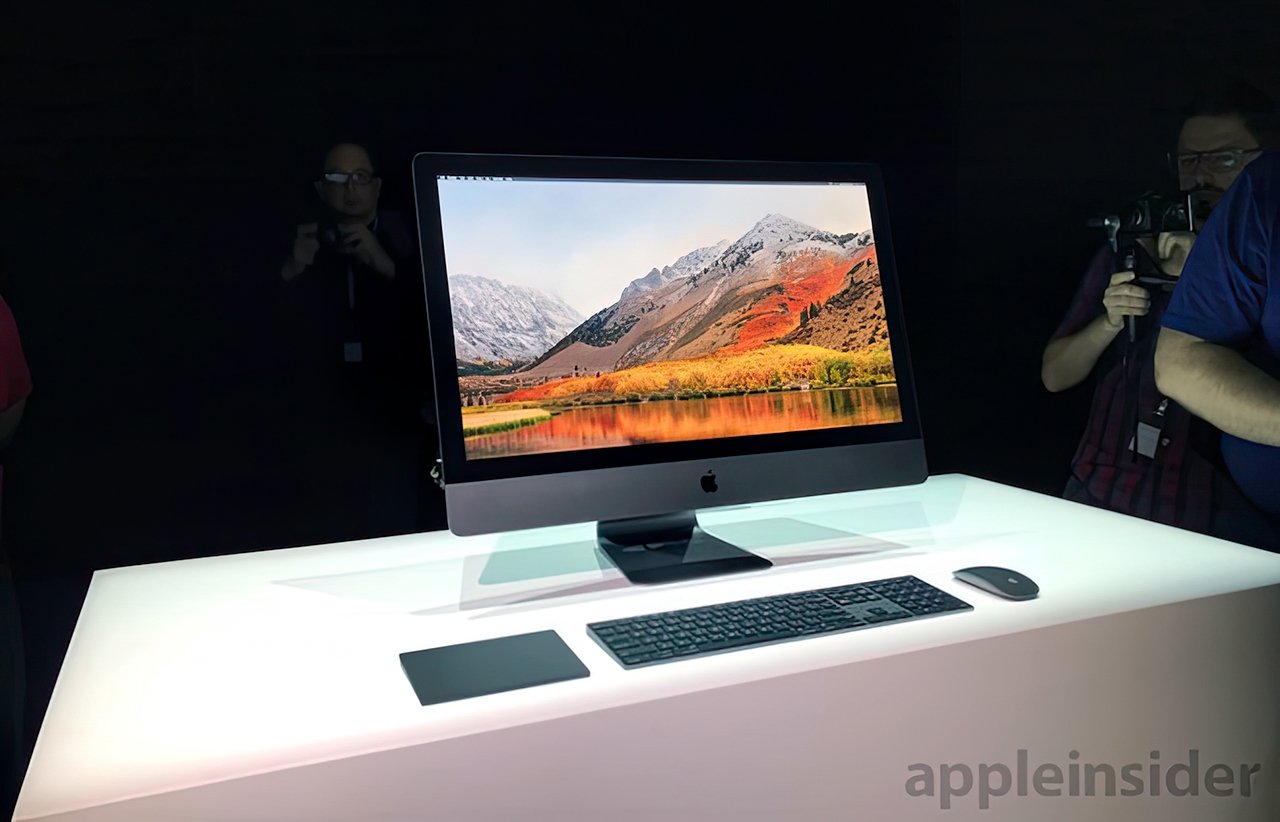
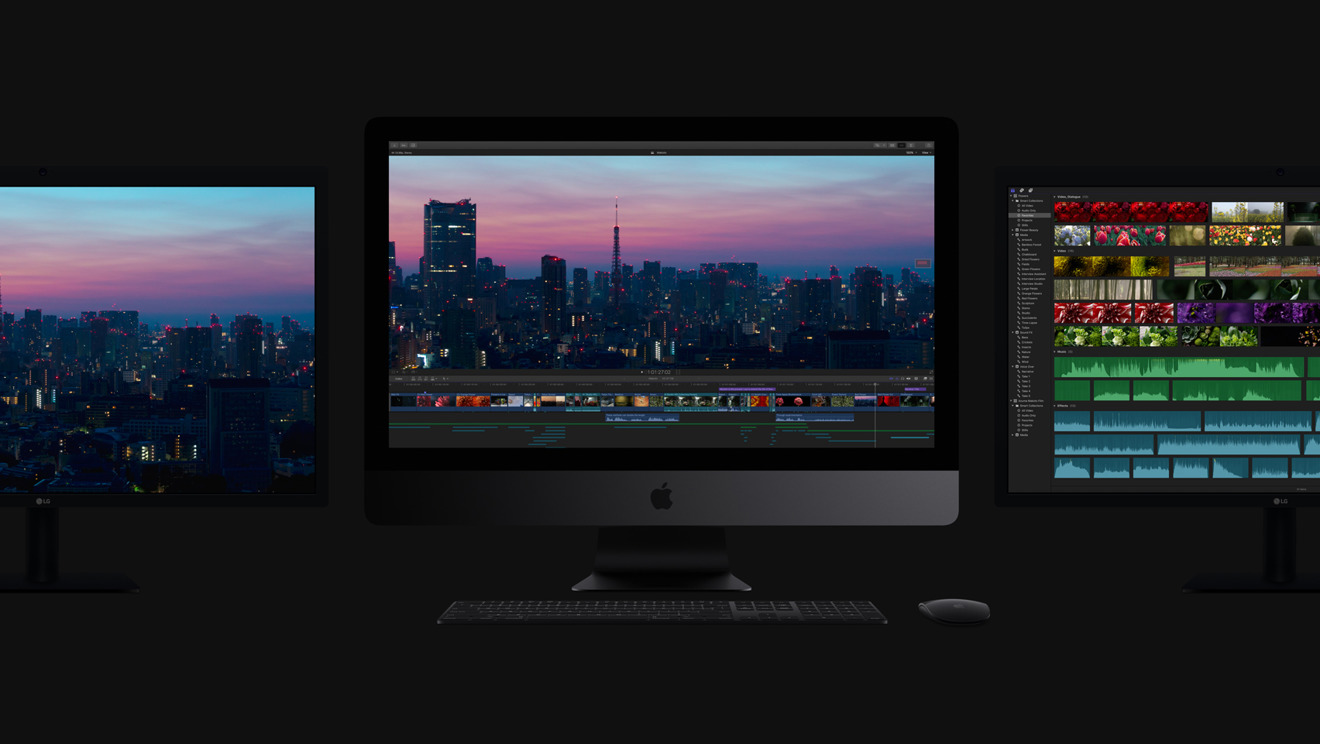
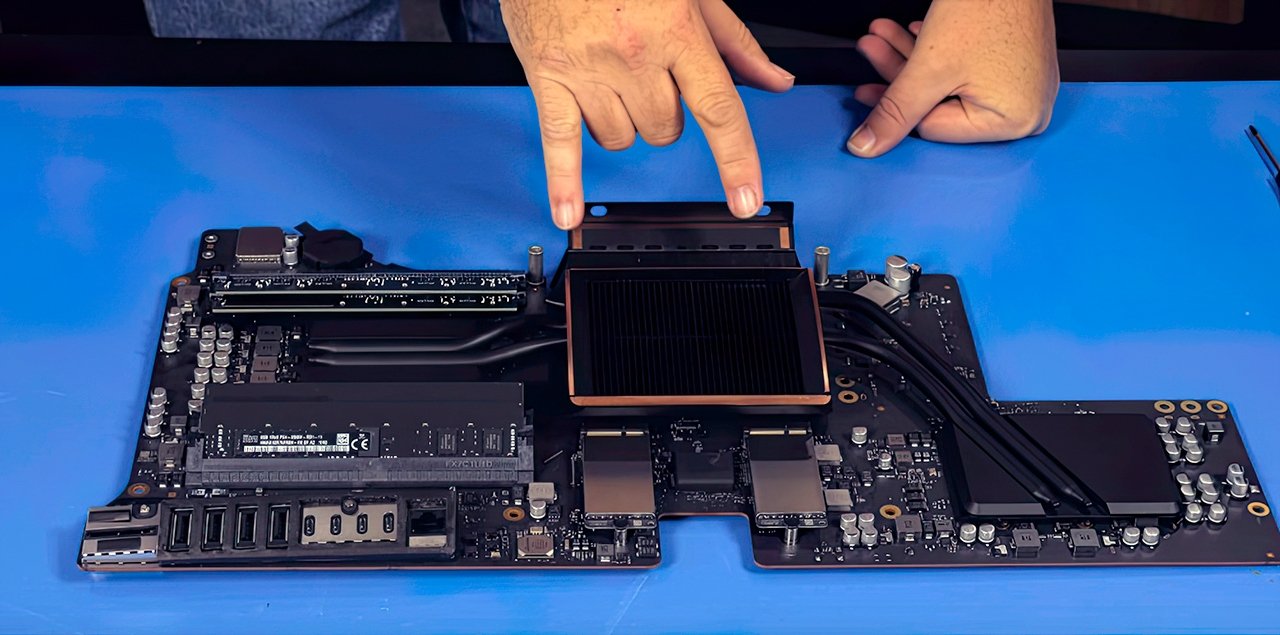

 William Gallagher
William Gallagher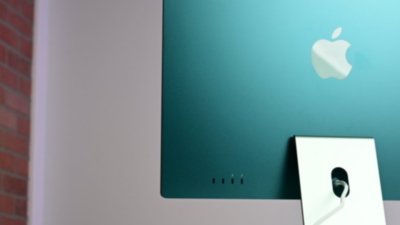
 Malcolm Owen
Malcolm Owen
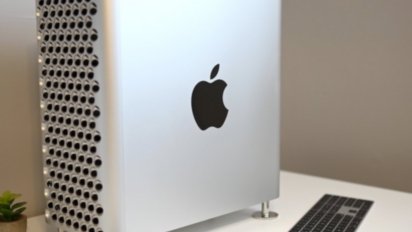

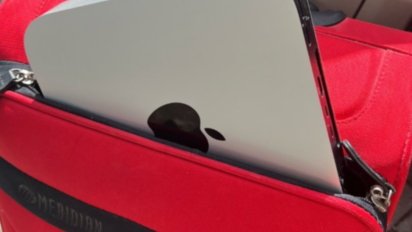
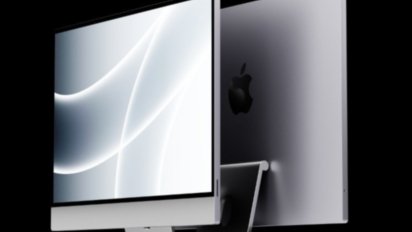

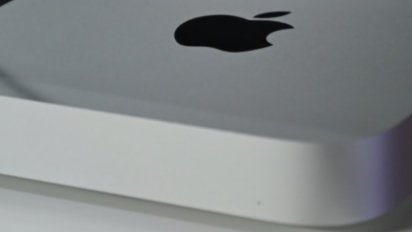
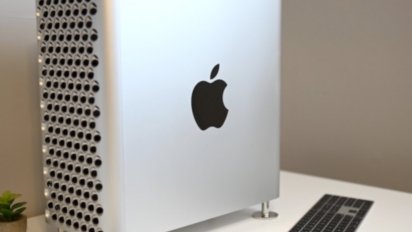
 Mike Peterson
Mike Peterson